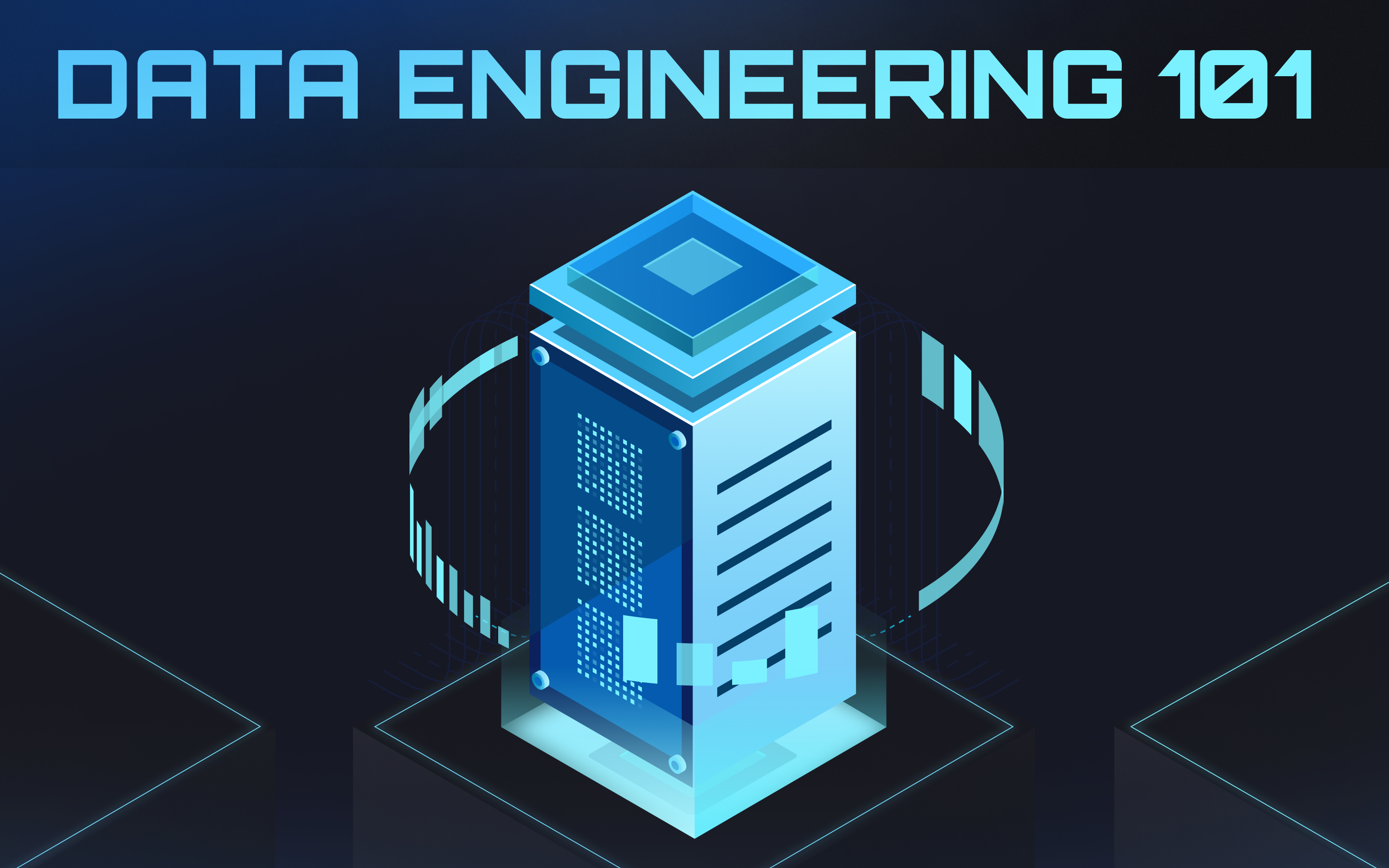DataGrip is a database IDE tailored to suit the specific needs of professional SQL developers. Widely used by Enterprises (1,001+ employees), it simplifies the process of analyzing large amounts of data quickly and accurately. This versatile tool supports various databases like MySQL, PostgreSQL, SQL Server, Oracle, and more. With features such as a database explorer, SQL editor, and query builder, DataGrip provides intelligent coding assistance for editing SQL code efficiently.
Overview of DataGrip
DataGrip, developed by JetBrains, is a versatile database IDE that caters to the specific requirements of professional SQL developers. It serves as a multi-engine database environment supporting a wide range of databases such as MySQL, PostgreSQL, Microsoft SQL Server, Oracle, and more. With an intuitive editor offering intelligent coding assistance, including auto-completion and query profiling capabilities, DataGrip enhances the efficiency and accuracy of SQL code editing.
What is DataGrip?
Definition and Purpose
DataGrip stands out as a comprehensive IDE designed to streamline database management tasks for SQL developers. Its primary objective is to provide a unified platform for accessing and manipulating various databases seamlessly. By offering advanced features like context-sensitive code completion and query execution modes, DataGrip empowers users to work with multiple databases efficiently.
Supported Databases
The strength of DataGrip lies in its extensive support for numerous databases, ensuring compatibility with popular systems like MySQL, PostgreSQL, Oracle, and more. This broad database coverage enables SQL developers to work across different platforms without encountering compatibility issues or limitations.
Datagrip's Multi-Engine Environment
Explanation of Multi-Engine Support
One of the standout features of DataGrip is its multi-engine support, allowing users to connect to diverse database systems seamlessly. Whether it's MySQL, PostgreSQL, or Microsoft SQL Server, DataGrip facilitates easy integration with various engines through its intuitive interface.
Benefits of Multi-Engine Environment
The multi-engine environment in DataGrip offers unparalleled flexibility for SQL developers by providing a unified workspace for managing different databases efficiently. This feature eliminates the need to switch between multiple tools or interfaces, streamlining the workflow and enhancing productivity.
Key Features of DataGrip
DataGrip offers a plethora of advanced features that cater to the diverse needs of SQL developers, enhancing their coding experience and database management efficiency.
Context-Sensitive Code Completion
How it Works
The Context-Sensitive Code Completion feature in DataGrip is a game-changer for developers. By analyzing the context of the code being written, DataGrip intelligently suggests relevant code snippets, table names, and even column names. This functionality significantly accelerates the coding process by reducing manual input errors and streamlining the development workflow.
Benefits for Developers
For developers, the benefits of Context-Sensitive Code Completion are immense. It not only saves time by offering quick suggestions but also improves code accuracy by minimizing typos and syntax errors. Additionally, this feature enhances overall code quality by promoting best practices and ensuring consistency across scripts.
Query Execution Modes
Different Modes Explained
In DataGrip, developers have the flexibility to execute queries in various modes tailored to their specific needs. Whether it's running queries for data retrieval, modification, or analysis, DataGrip provides different execution modes to optimize performance and enhance result accuracy. By understanding these modes, developers can choose the most suitable option based on their query requirements.
Flexibility in Database Management
The flexibility offered by Query Execution Modes empowers developers to manage databases more efficiently. With options like read-only mode for data retrieval tasks and write mode for data manipulation operations, DataGrip ensures that developers have precise control over how queries interact with databases. This level of customization not only boosts productivity but also minimizes errors during database operations.
SQL Log and Change Replication
Tracking Queries
The SQL Log feature in DataGrip acts as a comprehensive audit trail for all executed queries. By maintaining a detailed log of query history, developers can track changes made to databases over time, identify performance bottlenecks, and troubleshoot issues effectively. This visibility into query execution is crucial for maintaining database integrity and optimizing system performance.
Replicating Changes Across Databases
With Change Replication, DataGrip enables seamless synchronization of data modifications across multiple databases. This feature ensures that changes made in one database are accurately replicated in others, maintaining data consistency throughout different environments. By automating this replication process, developers can save time on manual updates and focus on more critical aspects of database management.
Benefits of Using DataGrip
Efficiency in Database Management
Integrated Features
DataGrip offers a wide array of integrated features that streamline database management tasks for SQL developers. These features encompass a range of functionalities designed to enhance the user experience and optimize workflow efficiency. By providing a cohesive environment where developers can access all necessary tools within a single interface, DataGrip eliminates the need to switch between multiple applications, thereby saving time and increasing productivity.
Some key integrated features of DataGrip include:
- Database Explorer: A comprehensive tool that allows users to navigate through databases, view table structures, and manage database objects efficiently.
- SQL Editor: An advanced editor with syntax highlighting, code formatting, and error checking capabilities to facilitate seamless SQL code writing.
- Query Builder: A visual tool that simplifies query creation by enabling users to drag and drop database elements to build complex queries quickly.
By integrating these essential features into its platform, DataGrip empowers developers to perform various database management tasks effectively while maintaining a streamlined workflow.
Local and Remote Access
DataGrip provides seamless access to both local and remote databases, offering unparalleled convenience for SQL developers working across different environments. Whether developers are connecting to databases hosted on their local machines or remote servers, DataGrip ensures a consistent user experience with robust connectivity options.
The benefits of local and remote access in DataGrip include:
- Effortless Connectivity: Developers can establish connections to databases effortlessly without the need for complex configurations.
- Secure Data Transmission: DataGrip prioritizes data security by encrypting connections to remote databases, ensuring that sensitive information remains protected during transmission.
- Remote Query Execution: Developers can execute queries on remote databases directly from the DataGrip interface, eliminating the need for separate tools or interfaces.
By offering both local and remote access capabilities, DataGrip enables SQL developers to work seamlessly across different environments while maintaining high levels of security and efficiency in their database management tasks.
DataGrip serves as a pivotal tool for professionals in various industries, offering a centralized solution for their databasequerying requirements. By simplifying the analysis of extensive datasets with precision and speed, DataGrip empowers users to make informed decisions based on data trends effectively. The database IDE is meticulously crafted to cater to the specific demands of seasoned SQL developers and DBAs, ensuring that it meets the high standards expected in professional environments. Its versatility shines through in its ability to seamlessly handle different types of databases, making it an indispensable asset for database management tasks.






